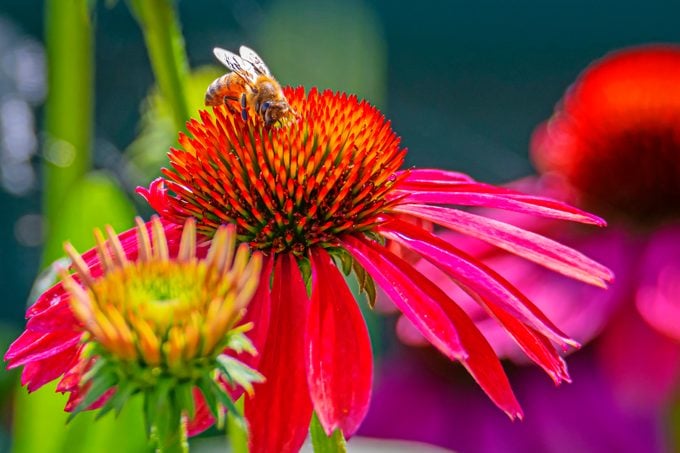Keep Planting Perennials in Fall
Updated: Jul. 28, 2022
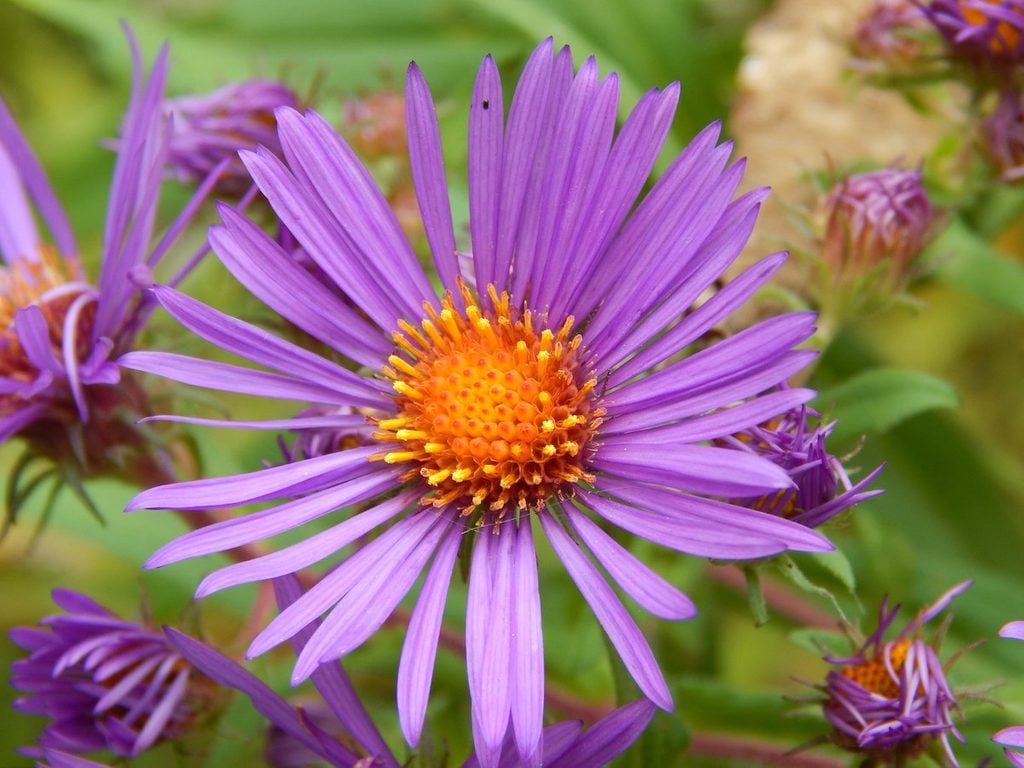
Learn the gardening basics of planting perennials in fall and find out why this is a prime season for gardening.
Planting Perennials in Fall
Why should spring get all the glory? While you might not think of fall as a time for planting perennials, it actually presents a golden opportunity to do just that. Not only is it bargain time for many perennials at the garden center, the growing conditions are perfect for establishing roots.
Check out the top 10 fall blooming perennials for your garden.
Start Planning Early
In autumn the garden’s peak is fresh in your mind, so it’s easy to remember where you need to add some pizzazz. Remember that dead spot you noticed in midsummer? How about the garden bed that needs a splash of yellow or blue? Now is the time to address those areas.
Annuals vs. perennials — what is the difference?
Time It Right
In Zones 6 and 7, the cool-down period starts around the end of September, about six weeks before the first fall frost. This is the ideal time to start your fall plants. In Zones 3 to 5, you’ll want to plant earlier if you can. And of course, Zones 8 to 11 can pretty much plant year-round without a problem. (Lucky!) Still, you want to get an early start to give roots time to get established. Learn how plant zones work and how to find yours.
Avoid these gardening mistakes with perennial plants.
Pick Up a Bargain
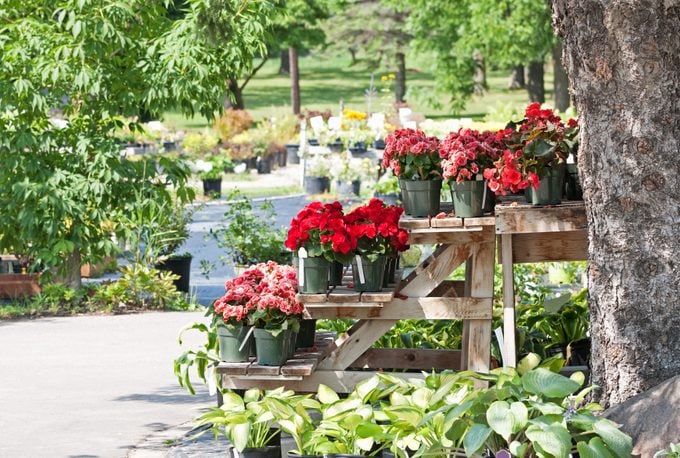
At the end of the season, you can find big discounts on plants that have passed their peak. Most sellers knock down prices fast when their perennials go out of bloom, and lower them even more when the plants start looking down and out. Expect to find perennials at 50 percent or even 75 percent off. Keep in mind that the longer you wait for deals, the smaller the selection and the less time you have to get plants established.
Learn how to safely transplant perennials.
Rescue Perennial Plants
You know that section in the bargain area that’s super cheap, and it’s not hard to tell why? I call it death row, and it’s actually where I head first in hopes of finding a steal. The plants often look pitiful or even near death, but some are still worth a shot. If it’s wilted, generally sad looking or has yellowing or dying foliage, but the right price, grab it—as long as there’s still some green and it’s not diseased. Follow these 5 tips for picking healthy plants at the nursery.
Don’t Fret about Frost Dates
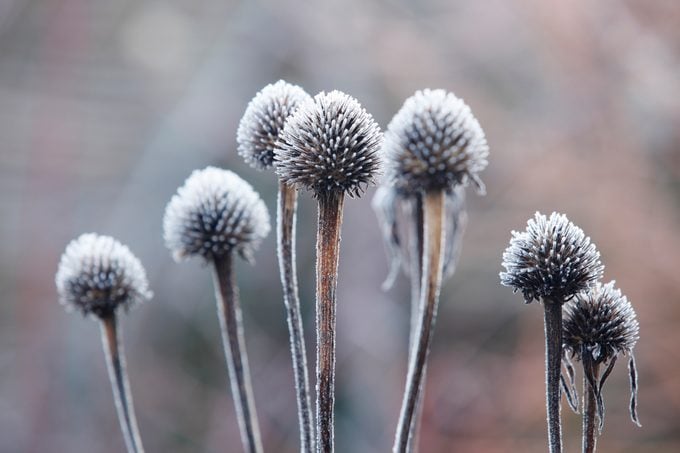
Frost might seem like your biggest fall planting challenge, but it’s actually not a huge problem. Yes, frost will kill the tops of your new plants, but it won’t affect the root growth. The roots will grow until the soil freezes solid, which is often weeks or even months after the first frost hits. In temperate regions—everywhere but the far North and the high mountains—soil usually doesn’t freeze until after Thanksgiving.
These full sun perennials thrive in sunshine.
Grow Healthy Roots
In spring the soil is cold, so the roots of newly planted perennials grow slowly. In fall the soil is warm, so roots grow faster. Since the plants don’t produce flowers, they have more energy for sending vigorous roots into the soil of their new home. Do your part by planting new perennials in good soil and watering thoroughly. By the time the growing season rolls around again, they’ll be happily settled.
Check out these easy perennials that anyone can grow.
Water Fall Perennials Thoroughly
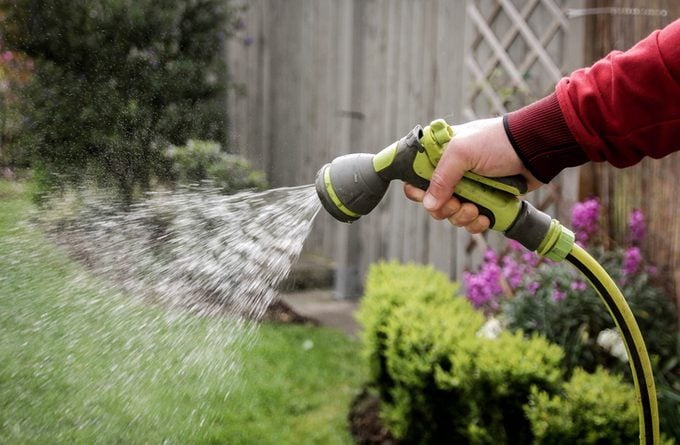
Once you get your bargain plants home, the first order of business is to give them a thorough drink. Set them in a tray or saucer to catch the water that pours through the potting mix, and let them take their time soaking it up. Then proceed as if they were the healthiest plants in the world. Lower temperatures and shorter days mean plants need less water, but if rain is scarce, water them weekly until the soil freezes. Remember that, under the ground, those roots are still growing.
Grow these perennial plants with year-round bird benefits.
Put Perennial Plants to Bed
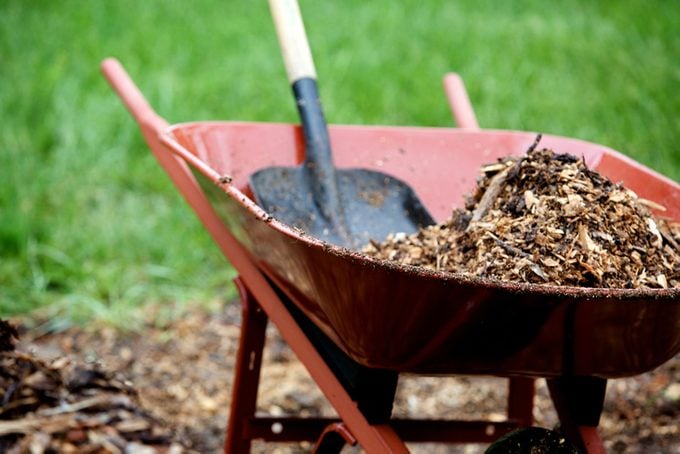
Wait until the soil freezes hard, then spread a few inches of mulch around your perennials—not to prevent soil from freezing, but to keep it from thawing. Roots that aren’t solidly anchored can “frost heave” out of the soil when the ground freezes and thaws, putting the plant in danger of getting killed by cold. Once mulch is on, you’re all set. Even if a few of your new perennials don’t make it, you’re probably still coming out ahead. Fall planting gives you a big jump on spring gardening, so you have more time in the busy season.
Dividing perennials: How, when and why you should divide plants.
The Best Perennials for Planting in Fall
